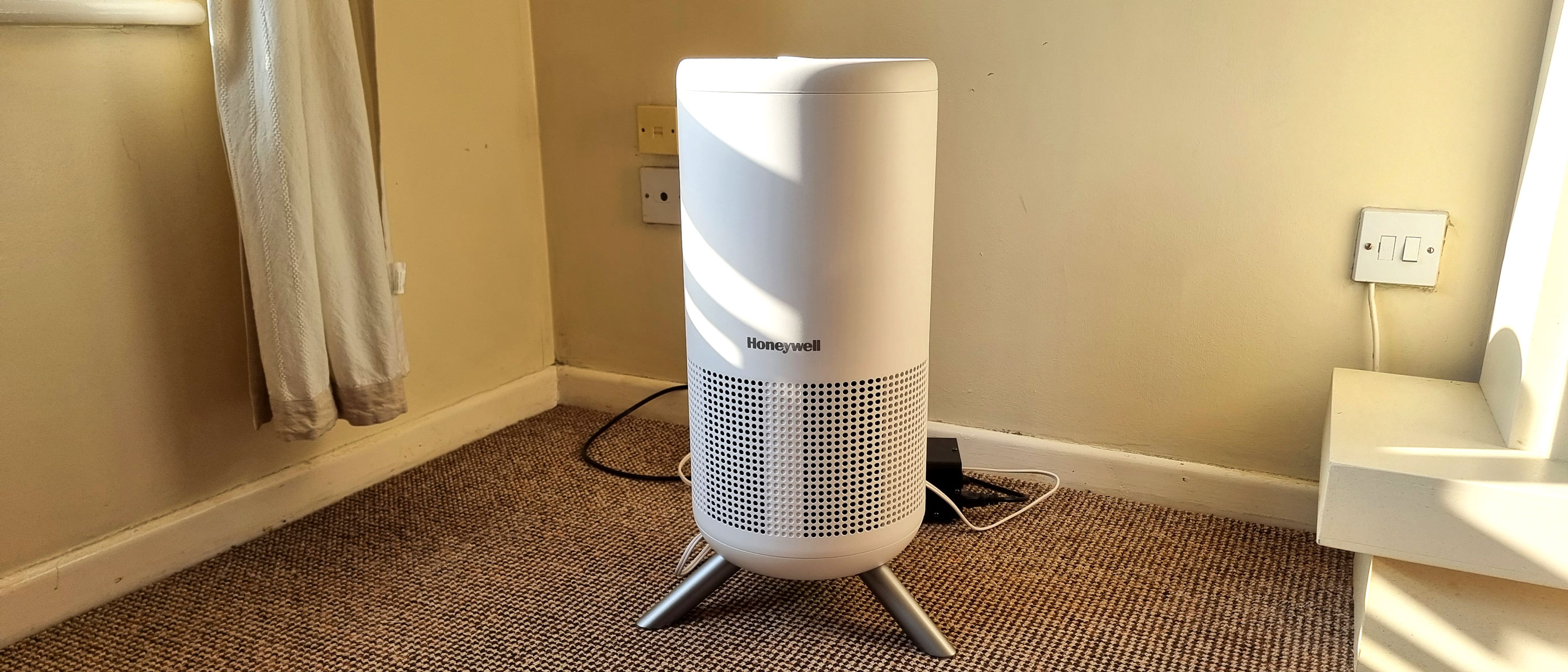China's new 'solar-power window coating' can capture energy and power household devices
A new technique has been developed for capturing solar power through windows, which could dramatically improve solar energy utilization, particularly for high-rise buildings.

Scientists in China have developed a new way of harvesting solar power by applying a translucent coating over a window to direct energy from ambient light to the edge of the glass — where it can be captured and stored.
With rising global energy demands, there is a need for new technologies that can incorporate energy capture into their architecture. The cost of solar installations has dramatically decreased since 2010, resulting in over four million installations in America. This trend is predicted to continue, but what if we could improve solar utilization by using the windows of buildings as well? That's what scientists aimed to address in a study published July 28 in the journal PhotoniX.
Solar power-generating windows are already available, which use amorphous silicon cells, gallium arsenide, organic photovoltaics or other methodologies to capture solar power. However, they are expensive and inefficient, capturing only up to 20% of the sunlight. Furthermore, the tinting effect of current solar windows causes light entering the room to be dimmed, which may be appreciated in the summer, but isn't as desirable during winter. Light distortion is also a challenge, especially if it masks a pleasant view.
Scientists from Nanjing University in China have instead developed a cholesteric liquid crystal (CLC) — a colorless liquid that can reflect light due to its helical structure. CLCs are typically used in thermometers and color displays.
Multiple layers of CLCs can be used to redirect light to create a colorless and unidirectional solar concentrator (CUSC). The CUSC can then direct light using CLCs to the edge of the glass, where the light energy is captured by integrated silicon-photovoltaic cells.
Engineers applied this coating through an intensive cleaning process, where they directed high-frequency sound-waves onto the glass to remove all impurities from it.
In tests, five CLC layers were applied to a 1 inch (2.5 centimeter) diameter glass. This CUSC prototype was able to power a 10mW fan outside in Nanjing, China, during the summer.
Get the world’s most fascinating discoveries delivered straight to your inbox.
It is projected that this technology would be most effectively deployed in cities near the equator, which typically experience more sunshine throughout the year compared to cities closer to the poles. It is unclear what effect, if any, this new technology would have on the natural heating of rooms by sunlight.
The authors mention in the study the proliferation of super high-rise buildings. However, such architecture is limited to larger cities, and there are signs that high-rise buildings are becoming less popular. In 2021, China banned new buildings over 1,640 feet (500 meters) tall and now imposes restrictions on buildings over 820 feet (250 m) — with even stricter limits in force in smaller cities.
It is estimated that a typical 6.5 feet (2 m) wide window with CUSC could multiply the solar energy gathered by 50. However, further testing would be required to establish how performance scales up with windows typically fitted into modern homes, or the expansive panels found in commercial buildings. There are unanswered questions, such as how the CUSC will guard against rain, hail or snow, bird droppings (which are acidic) — and window cleaning. No mention is made in the study of any protective layer to shield the CUSC. Any such layer, if added, may of course create new challenges if it impedes energy capture.
Regardless, the CUSC is a significant step forward in solar energy capture for buildings and could form an important part of the global renewable energy market if the technology is further developed.
Peter is a degree-qualified engineer and experienced freelance journalist, specializing in science, technology and culture. He writes for a variety of publications, including the BBC, Computer Weekly, IT Pro, the Guardian and the Independent. He has worked as a technology journalist for over ten years. Peter has a degree in computer-aided engineering from Sheffield Hallam University. He has worked in both the engineering and architecture sectors, with various companies, including Rolls-Royce and Arup.
You must confirm your public display name before commenting
Please logout and then login again, you will then be prompted to enter your display name.

